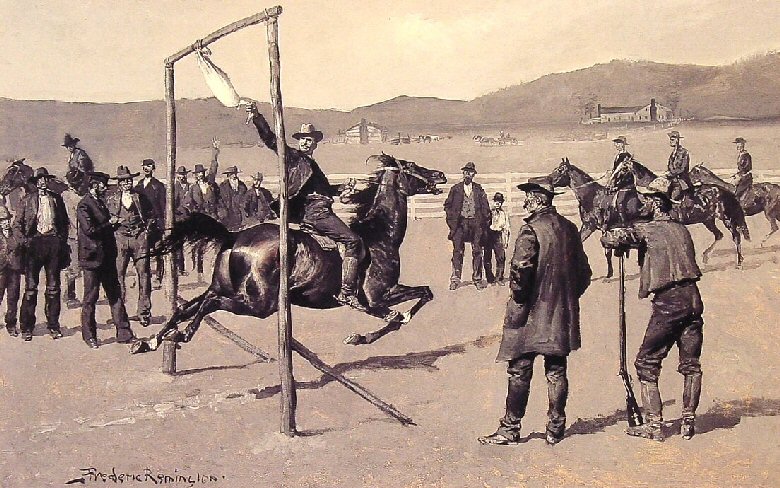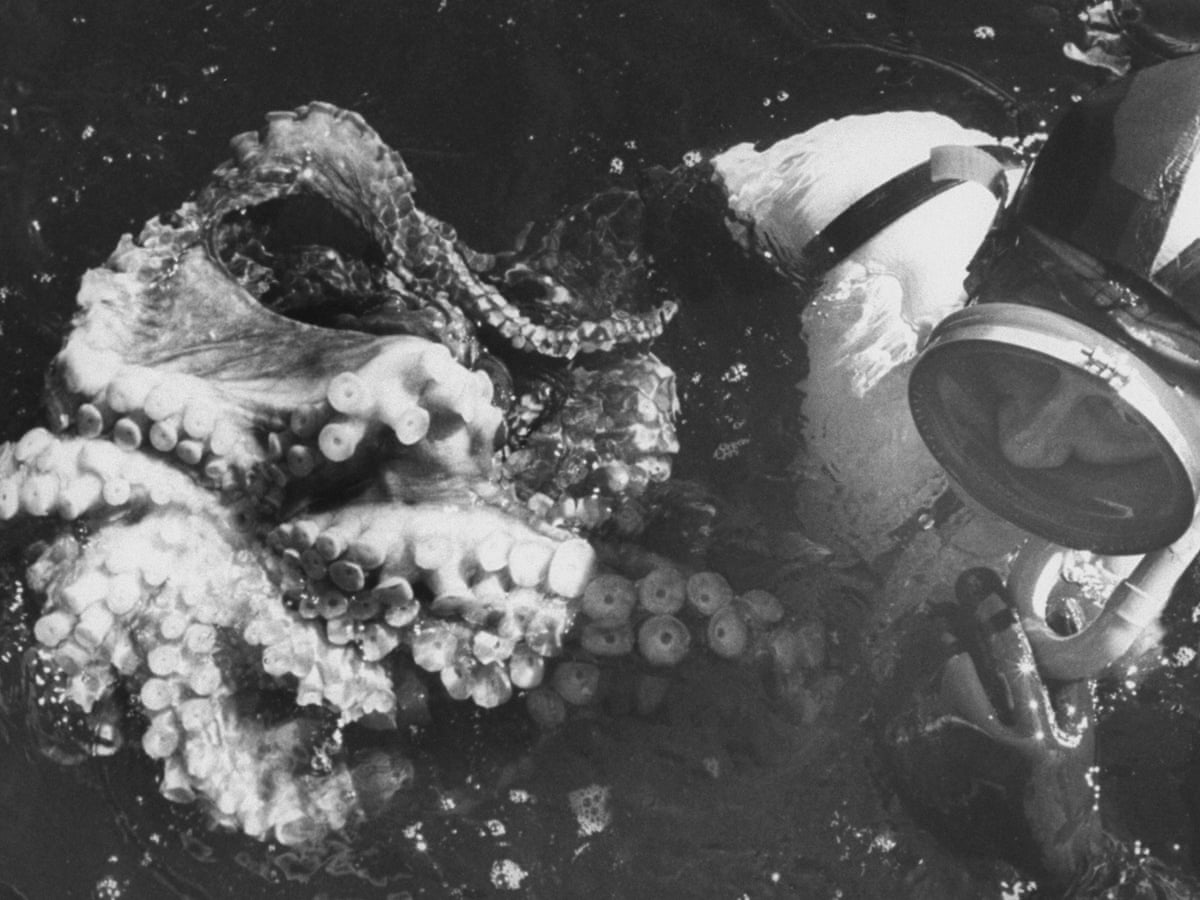In a less enlightened time and in a time before the internet, TV, or my articles – entertainment, especially in the United Kingdom, was much more barbaric. One of the more common pastimes was animal blood sports in which innocent, helpless, and vulnerable animals became free reign for human abuse. In the third installment of The WORST Of History series, we look at those rowdy cocks...and the animals as well!
Cockfights
For over 2,000 years, cockfighting was the national sport of England, with cockpits even in the Palaces Of Westminster and Downing Street.
St Albans, Hertfordshire in England features a pub called Ye Olde Fighting Cocks, claims to be the oldest pub in England, with a name that does not describe the clientele. It is an allusion to how it staged cockfighting matches, in which the feet of the cocks were tied to razor blades. These blades, or ‘gaffs’, were about three inches and resembled curved ice picks.

Cockfighting was entertainment for those in the lower classes. Cockfighting is even mentioned in the Kama Sutra. On Shrove Tuesday, for a ’cockpenny’, students could bring in game cocks to fight. A quotation from the time reads that “A good cocker would think nothing of cleaning his cock’s wounded head by sticking it into his mouth and sucking it clean.”
In the 16th to 18th century, cock sports only grew. Cock tossing was another common sport in which weighted sticks, known as ‘cock-steels’, were thrown at a tied-up cock until the animal died. This was popular as the cock was the symbol of France whilst Britain was in an anti-French era. It was actually banned in Bristol by Puritan officials, which incited a riot.

Other Animals
Goose pulling may be a good place to start when thinking of the cruellest animal sports of the days of the past. A goose’s head was oiled and tied up about three metres (10 feet) in the air. Participants would ride horses and try to pull off the head of the live goose with the lubricated head making things slippery. This is still played in Germany and Belgium today although the goose is already dead or a facsimile of some kind.
Soho, London’s The Dog And Duck is named after duck-baiting in which ducks were chucked into a pond, wings constrained as a pack of rabid dogs were released to eviscerate the hampered waterfowl.
Fox-tossing was a common sport for the aristocracy, in which foxes would be ensnared by the human in ‘sheets’ or ‘slings’, with some being tossed as high as seven and a half metres (25 feet). It does not take a genius to realise that this was not too beneficial to the fox’s welfare. In 1919, author and sport expert William Baillie-Grohman commented that wild cats were not recommended, writing: “[Cats] do not give a pleasing kind of sport, for if they cannot bury their claws and teeth in the faces or legs of the tossers, they cling to the tossing-slings for dear life…it is next to impossible to give one of these animals a skilful toss.”
Bear-baiting, and to a lesser extent donkey and lion-baiting (the latter featuring in a lengthy article in The Times in 1790 after an event in Vienna), were commonplace. In these, the larger animal in question was chained to a stake by their limbs or even neck. Once in place, they then have to fend off a group of crazed dogs. Queen Victoria even loved this so much she overruled a government-enforced ban on Sundays, breaking parliamentary sovereignty that had been in place since 1689. Bear Sackerson was even mentioned by name in Shakespeare’s The Merry Wives Of Windsor.

Rat-baiting deserves an explanation in of itself. Onlookers took bets on how long a dog would take to kill a number of rats in an enclosed area. Live rats would be captured by likely the most famous rat-catcher in Victorian England: Jack Black (not that one). One of the most famous dogs was a Bull Terrier named Billy, who managed to kill 100 rats in just five and a half minutes; subsequent rat-catcher Jacko established two new world records.
Follower James Day documented: “You went down a rotten wooden stair and entered a large, underground cellar…full of smoke, stench of rats, dogs, and dirty human beings…Gas lights illuminated the centre of the cellar, a ring enclosed by wood barriers similar to a small Roman circus arena.” This practice did not die out until the 20th century, as rats are seen as vermin with little empathy from the wider public; it was only banned over the safety of the dogs.
In a strange display that animal sporting cruelty is not a long-abandoned hobby, as late as the 1960s, man would wrestle their tentacled friend. Yes, octopus wrestling – held in Puget Sound, Washington – was so big that it was televised. Octopuses were not so inclined to wrestle so were mostly dominated by their stronger counterpart, including a man named O’Rouke, the “Father Of Octopus Wrestling”. A 1964 True magazine article notes: “It is impossible for a man with two arms to apply a full nelson on an octopus; he knew full well the futility of trying for a crotch hold on an opponent with eight crotches.”
Cultural Decline (In The UK)
Even in its own heyday, opposition to such animal brutishness was present. The most famous soundbite is from scholar Stephen Dickey dubbing the animal fights a “carnival of cruelty”. Similarly, diarist and Royal Society founder John Evelyn referred to these as “rude and dirty pastime[s]” with “barbarous cruelties”.
By the 18th century, these blood sports were dying out as changes socially had become to see this behaviour as overtly violent and savage. The final nail was put in the coffin was in 1835 when the Cruelty To Animals Act 1835 was enforced. Officially titled ‘An Act to Consolidate and Amend the Several Laws Relating to the Cruel and Improper Treatment of Animals, and the Mischiefs Arising from the Driving of Cattle, and to Make Other Provisions in Regard Thereto’, the group we now know as the RSPCA were a big part in lobbying the bill, itself introduced by Quaker, Joseph Pease.
Epilogue
Cruelty to animals for little more than ‘entertainment’ is now seen as a deeply disturbing hobby. It is right that we should stop the common and warped idea of pitting often helpless animals against vicious opponents in which one, maybe more, of the poor creatures will be needlessly killed.
That said, it is not entirely wiped off the face of the Earth. Pheasant shooting is still a common event for the higher classes in the UK whilst more famously, Spain is synonymous with bullfighting in which bulls are antagonised into the event and often killed afterwards. Bullfighting is legal in European countries such as Spain and Portugal as well as parts of southern France and commonplace in South America.
Although some forms of animal cruelty as such live on, the commercial and regular forced fights between animals by humans have largely gone the way of the dodo. Let us keep it that way, making sure that animals are not unnecessarily killed again on such a large scale for the depraved thrill of blood-thirsty hooligans.
GRIFFIN KAYE.


